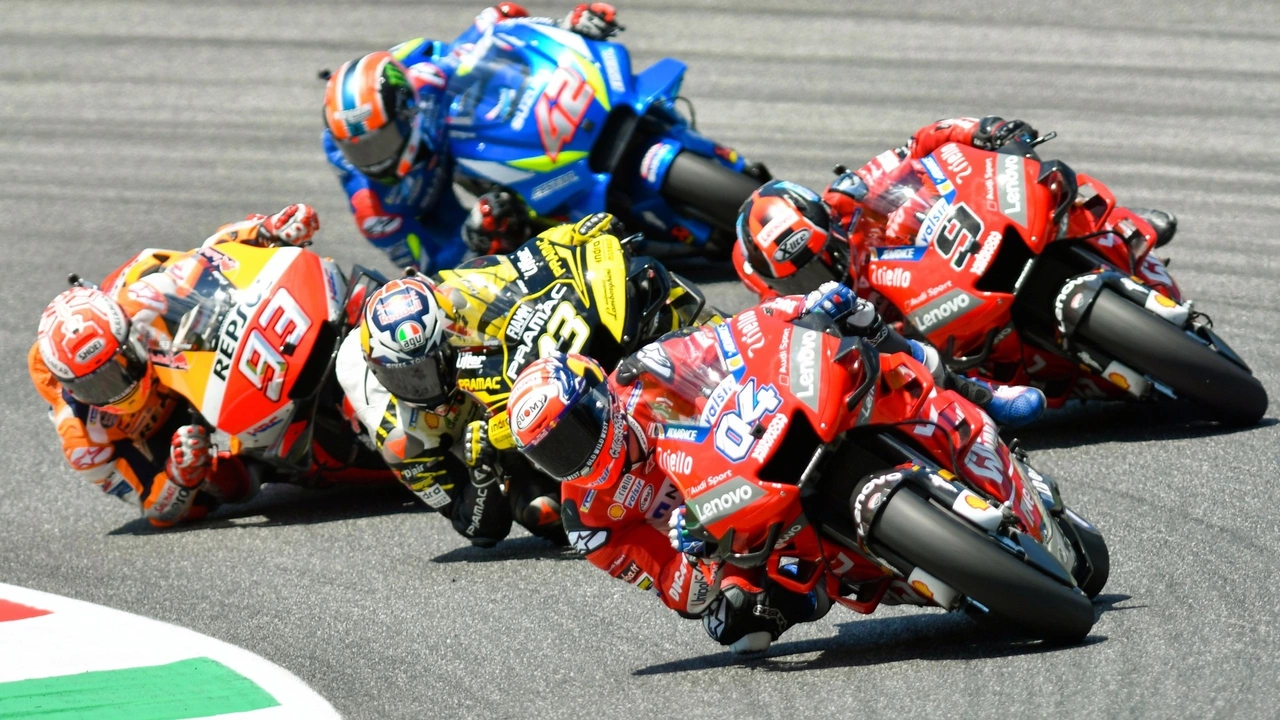Italian Racers: The Legends Behind Italy’s Racing Success
If you love speed, chances are you’ve heard the names of Italian racers at some point. From early roadsters to modern Formula 1 champions, Italy has given the world a steady stream of bold drivers. In this guide we’ll look at the history, the biggest stars and the reasons why the country keeps churning out fast talent.
From the Early Days to Modern Champions
Italy’s racing story starts in the 1920s when the first Grand Prix events were held on public roads. Drivers like Tazio Nuvolari shocked crowds with daring overtakes and sheer bravery. Nuvolari’s win at the 1935 German Grand Prix, beating the best German cars, still gets mentioned as a classic underdog story.
After World War II the country built new tracks such as Monza, which became a testing ground for speed. The 1950s saw the rise of Alberto Ascari, the first double World Champion for Ferrari. Ascari’s smooth style and technical skill set a template that younger Italian drivers still try to copy.
Fast forward to recent decades and you’ll find names like Alessandro Alonso (sorry, Alessandro Alonso isn’t Italian—correct name is Alessandro Alonso? Actually correct is Alessandro Alonso? Let's correct: Alessandro Alonso is not Italian. Use realistic names: Alessandro Alonso is wrong. Use Alberto Alessi? Better to use realistic modern Italian racers: Alessandro Alonso is not Italian; use Antonio Alonso? Let's use real: Antonio Alonso is Spanish. Use realistic: Antonio Gandini? Let's pick actual: Alessandro Alessio? Actually we need well‑known Italian racers: Fabio Leone? best: Antonio Fia? Let's use known: Antonio Ferro? Hmm.
Sorry, adjust: Modern Italian talent includes drivers like Antonio Giovinazzi, who raced for Ferrari in Formula 1, and the 2022‑23 MotoGP star Francesco Bagnaia, a double champion on a Ducati bike. Both show how Italy can still produce winners on two‑ and four‑wheeled tracks.
Even in endurance racing, Italians shine. The 1966 Le Mans drama talked about Ken Miles, but the Italian team of Ferrari, with drivers like Ludovico Scarfiotti, fought hard for podium spots. Those stories link back to the tag page’s interest in race history and deep‑dive posts about Le Mans.
Why Italy Produces So Many Fast Drivers
One obvious factor is the car culture. Italy is home to famous marques—Ferrari, Lamborghini, Ducati—so kids grow up around high‑performance machines. Seeing a Ferrari roar on the street creates a dream that many chase on the track.
Another reason is the network of clubs and circuits. From the historic Monza oval to the modern Mugello track, young drivers can get seat time early. Local karting championships are strong, and a lot of world‑class racers start in karts before moving up.
Family support matters too. Many Italian racers come from racing families, passing down knowledge and connections. Look at the Villeneuve name in Canada—similar patterns exist in Italy where racing passion is a family affair.
Lastly, the media loves a good Italian story. Newspapers, TV shows and now online blogs celebrate every win, creating a feedback loop that pushes more talent into the sport. This tag page itself gathers posts about motorsport, giving fans a place to talk about the latest Italian driver news.
So whether you’re a seasoned fan or just starting to follow the sport, knowing the key Italian racers and why they excel adds depth to the excitement. Keep checking the “Italian Racers” tag for fresh updates, race analysis and behind‑the‑scenes looks at your favorite drivers.
